6 (Meatless!) Protein Powerhouses
February 5 2019
Protein is the nutrient-of-the-moment right now, thanks to the meat-heavy Paleo Diet trend. But there’s actually good reason to make sure you’re getting enough: Research shows that having adequate protein at each meal may help you hold on to muscle mass as you age. And you don’t have to exist on a diet of protein shakes and 16-ounce Porterhouse steaks to get what you need.Here are six protein-rich, plant-based options:
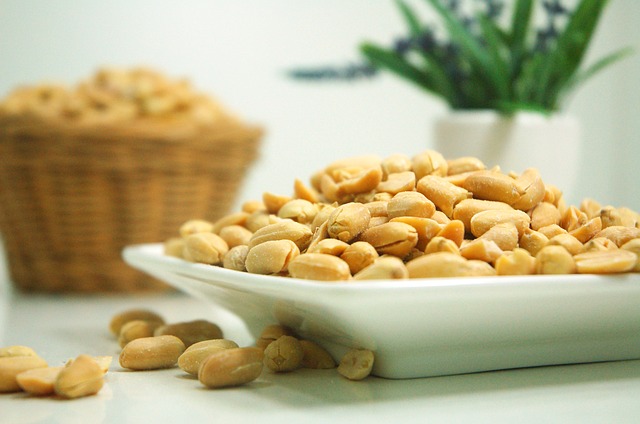
PeanutsPeanuts have the distinction of being the highest-protein nut, with 8 grams in a one-ounce serving (that’s about the amount that fits on the palm of your hand in one layer). They’re also rich in fibre, and that one-two punch of protein and fibre means they’re incredibly satisfying—so they’ll keep you fuller longer than many other snacks. Though all nuts are good sources of protein, peanuts are the most affordable of the bunch. And if you prefer the salted variety, go for it: Salted peanuts are still a low-sodium food, with about 90mg in one ounce (less than many cold cereals!).
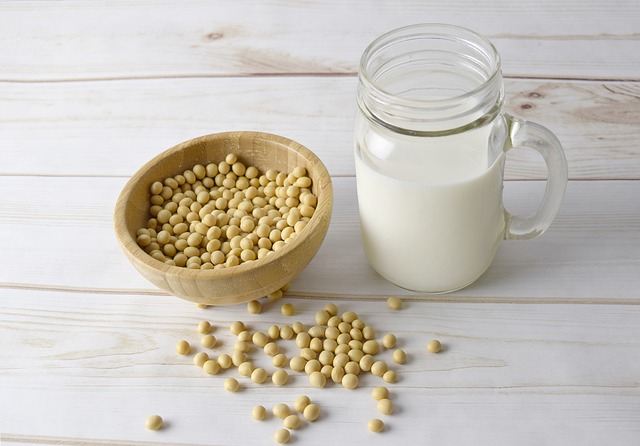
Soy MilkAlmond milk may be popular right now, but it’s actually very skimpy in protein, with only about a gram per glass. Soy milk is the only non-dairy milk that’s naturally a good source of protein, with the same amount per cup as regular cow’s milk. A couple of quick shopping tips: Be careful about flavoured soy milk, which can have several teaspoons’ worth of added sugar per serving. And choose a soy milk that’s fortified with calcium and vitamin D (shake it well before serving, as the calcium tends to settle on the bottom of the carton).
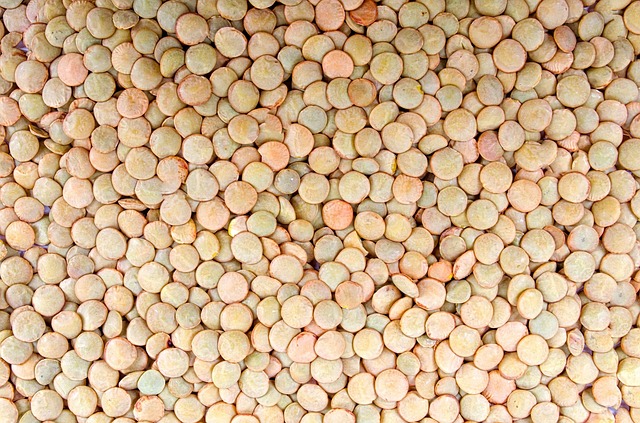
LentilsA half-cup of cooked green lentils has 12 grams of protein, as much protein as two ounces of beef! Red split lentils have less but are still a good source. This ancient food is also rich in fibre. And if you’re trying to make more eco-friendly food choices, know that lentils are a highly-sustainable crop, since they need little water to grow.
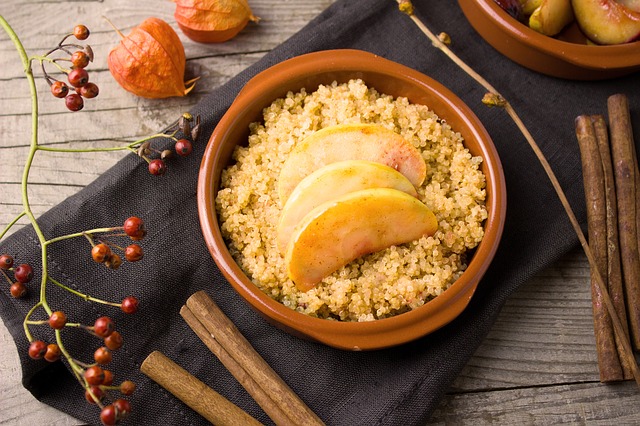
QuinoaThis seed is a vegetarian and vegan’s dream because unlike most plant foods, it’s a complete protein. That means it’s got all the amino acids the body needs to get from food, like meat does. A cup of cooked quinoa has eight grams of protein (about the same as two slices of deli turkey) and is gluten-free. The flavour is slightly nutty, and you cook it like rice in water (or broth). Serve it as a side dishes or bake it into casseroles or bars.

Peas
Surprised? A half-cup of green peas contains four grams of protein. In fact, pea protein has become a hot ingredient right now, used to make protein powder and beef up the protein content in non-dairy milk. (Though sugar snap and snow peas aren’t good protein sources, they do deliver vitamin C and fibre.)
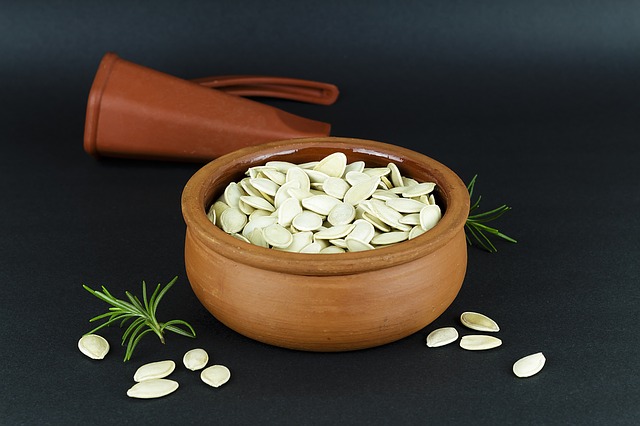
Pumpkin SeedsA quarter-cup of shelled pumpkin seeds contains eight grams of protein. They’ve also got iron, omega-3 fats, and lignans, which are natural plant chemicals that may help fight cancer. Pumpkin seeds still in their shell are the kind you scoop out of a jack-o-lantern; or you can buy green, shelled seeds (called pepitas) to sprinkle on salads or oatmeal or toss with nuts and dried fruit for a healthy trail mix.
Sourced from WebMD.






